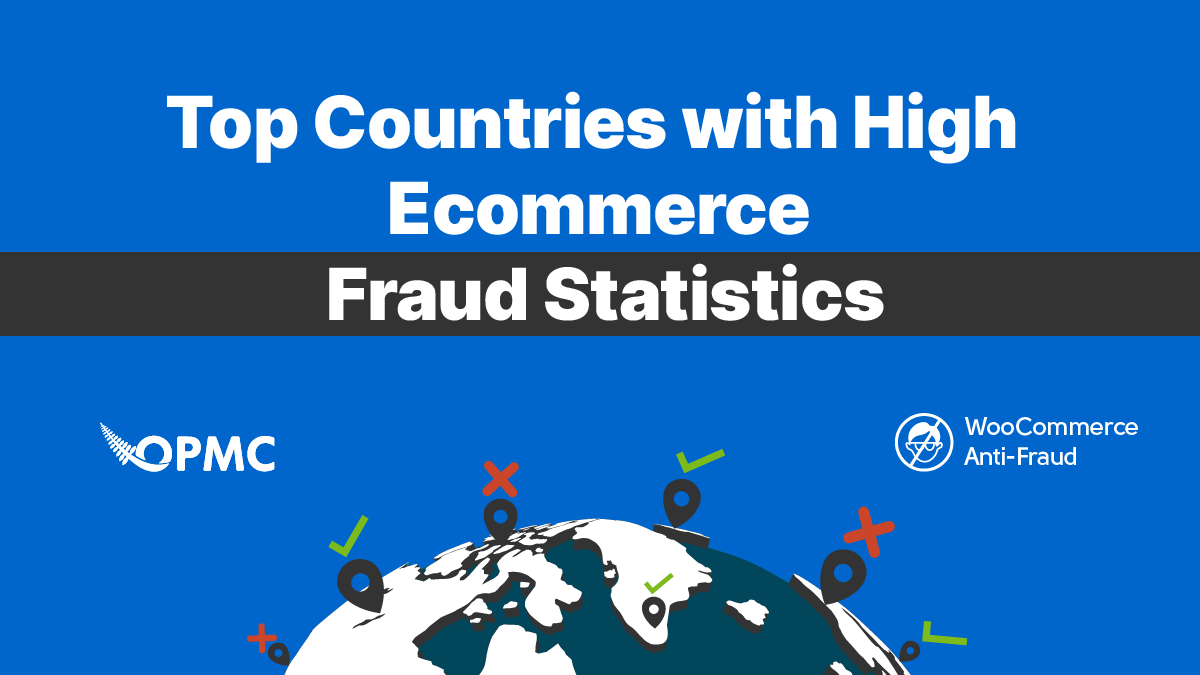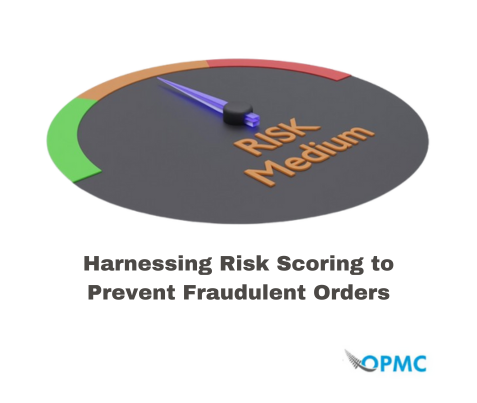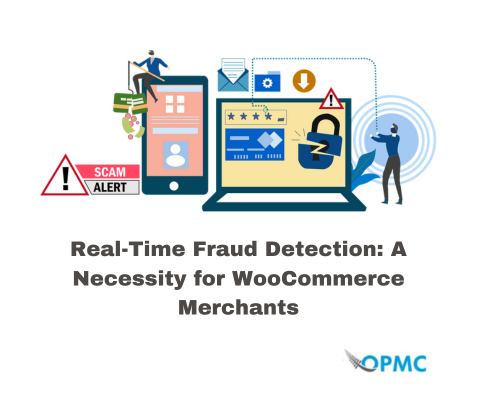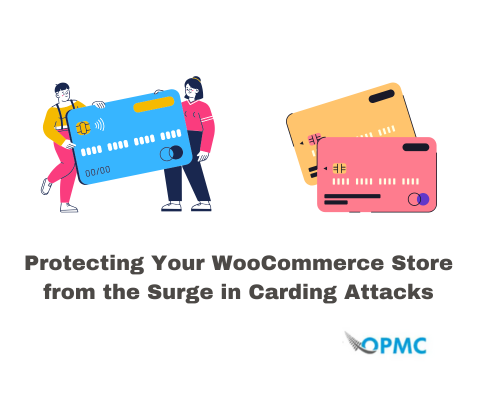When you set up your fraud prevention tools for your new eCommerce storefront, you should be aware of where many of these frauds come from. This does not mean these countries should be blocked immediately. Many residents living in exotic places are upstanding buyers looking for your products. All it means is that you should be slightly more aware of activities coming from these countries to ensure they are authentic.
We have gathered a list of the most frequent countries with eCommerce fraud spikes. A quality tool like the WooCommerce Anti-Fraud plugin from OPMC has integrated features that rank purchases and activity in your eCommerce store. These include tracing where a buyer is from. You can get alerts about any orders from the list below to ensure they are not scams waiting to take advantage of your payment processing system. So, let’s get into our list.
What is Ecommerce Fraud?
Ecommerce fraud, also known as online impersonation and credit card fraud, involves the use of stolen credit cards or other financial information. The practice is often carried out by criminal networks operating on both sides of the transaction—those who set up websites, sell products or services and those who purchase them with stolen credentials.
There are two main reasons for the massive uptick in online ecommerce fraud. The first is because of the global pandemic. Before Covid, millions of users integrated web store platforms like WooCommerce, BigCommerce, Shopify, and Magento to grow their side hustles into full-time income streams. This trend was only amplified during the pandemic when so many people were suddenly out of work and needed a new way to earn a living.
The second reason is the chip in credit cards. Having that little chip drastically lowered credit card fraud in person at retail stores. However, instead of giving up the game, fraudsters shifted their attention to online stores where all that was needed was the credit card number, user address, and name.
The most common types of ecommerce fraud include:
- Chargeback fraud
- Billing fraud
- Shipping fraud
- Reshipping fraud
- Freight forwarder fraud
- Stolen identity
- Velocity attacks
What Countries Have the Highest Ecommerce Fraud Cases?
You might be surprised to see some of these countries on the list. It’s important to remember that ecommerce fraud doesn’t only occur in rich countries, but also in countries with a high GDP. Again, please don’t make the mistake of judging the entire country by this information. These are the bad eggs in the crowd, not accurate representations of the total population.
1 – Romania
Romania is an Eastern European country ranked at number 48 globally when it comes to purchasing power parity (PPP), so it’s not surprising that they’re also seeing more ecommerce fraud than some other countries on this list. Romania’s overall ecommerce market is worth approximately $13 billion and growing each year quickly due to technological advancements and increasing smartphone usage among consumers in the country. Romania is responsible for around 12.3 million in annual ecommerce fraud, with one city in particular nicknamed Hackerville by governments worldwide.
2 – Mexico
Mexico is the third largest ecommerce market in Latin America, with a high number of credit cards and internet users. It also has a very high percentage of fraud. Mexico is therefore considered a high-risk country for ecommerce merchants. In 2015, the Mexican banks experienced around 2.9 million cases of suspected ecommerce fraud involving roughly USD $480 million.
3 – Brazil
Brazil has a high ecommerce fraud rate. In fact, Brazil has the highest credit card fraud rate in the world. Brazilian consumers are also vulnerable to identity theft and phishing attacks because they fail to protect personal information online. Brazil also ranks as one of the top countries for cybercrime and online fraud, making it easy for criminals to steal your data or money while you’re shopping online.
4 – South Africa
South Africa was not always so high on this list. It started out as a quiet little country with few online criminals and an even smaller number of online shoppers. It wasn’t until 2000 that its Internet population began to grow rapidly, reaching an estimated 5 million users by 2003––double what it had been only a year before.
With such rapid growth came new opportunities for fraudsters, who saw ecommerce as fertile ground upon which to sow their seeds of deceitful business dealings and bilking unsuspecting consumers out of their hard-earned money. A quarter of the ecommerce transactions in South Africa studied by Forter were found to be fraudulent. That is about a 10 times higher rate than the world average.
5 – Venezuela
Venezuela has a high ecommerce fraud rate. The unemployment rate in Venezuela is 5.5%, which means that many people are unemployed and desperate for work. That ends with about 33% of all ecommerce transactions happening in the country being fraudulent. Much of this has to do with the current political turmoil and social unrest of the government. With few “honest” methods of earning money in the country and skyrocketing inflation rates, the citizens are left with few alternatives to making a living.
6 – Indonesia
Indonesia is one of the most popular countries for ecommerce fraud. The country often tops lists of countries where online fraud occurs, and it also ranks highly for having a lack of payment protection for consumers. Indonesia’s high rate of online fraud could be due to its relatively young population: according to Statista, 68% of Indonesians are under 35 years old, and almost two-thirds use social media regularly (a huge boon when it comes to spreading ecommerce fraud).
How to Prevent Ecommerce Frauds?
There are several ways to prevent ecommerce fraud. For example, you can use a fraud detection tool or a fraud prevention plugin, service, software, and more.
Our recommendation is to integrate a Xero for Business plugin first. This will automate many of your manual accounting entries between your WooCommerce online store and backend record keeping. That will free up valuable resources from your team and allow you to easily manage inventory, customer needs, and cash flow without hiring an accounting firm. The more you have an accurate number of your money, the better you can track when fraud occurs.
The second method uses a preventative plugin like the WooCommerce Anti-Fraud tool. This creates a barrier around your storefront so you can block and stop orders from countries known for high instances of fraud. That way, you do not wake up with thousands of dollars of fees from your payment processor because someone wanted to initiate a velocity attack against your store.
Overall, we can see some commonalities between the top countries with high ecommerce fraud statistics. These include a large population, high disposable income or extreme need for money, and the digitalization of many aspects of daily life. However, the data suggests that these countries are not doing enough to prevent fraud and protect consumers from losses.
Integrating a little proactive measures into your online business can go a long way to preventing the loss of thousands of dollars or your full reserves. Pick up the two plugins suggested by the expert team at OPMC and rest easy knowing you have the protection needed to grow your ecommerce business safely.




